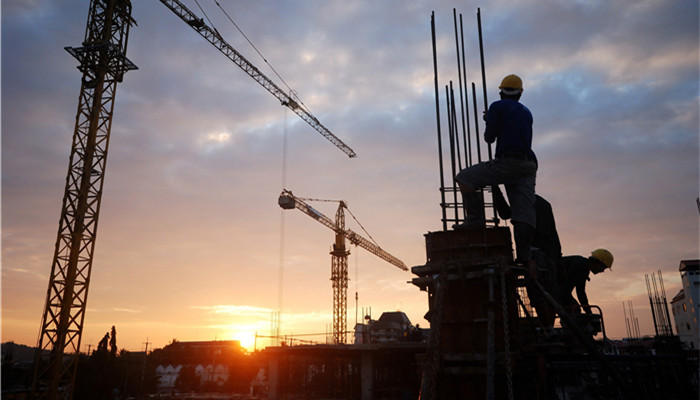
The self-repairing concrete market has attracted increasing attention and its application fields are expected to expand in the future.
Self-healing concrete, also known as self-healing concrete and smart concrete, is a new type of material that imitates the regeneration and recovery mechanism of animal bone tissue structures after trauma. It uses a method of compounding repair adhesives and concrete materials to improve the regeneration and repair performance of materials. composite materials. Compared with traditional concrete, self-healing concrete has the characteristics of long service life, low cost, and excellent moldability. It is one of the future development directions of the concrete market.
my country is a major country in the production and consumption of concrete. According to incomplete statistics from China Concrete Network, in 2021, the output of my country’s commercial concrete industry will be 3.06 billion cubic meters, a year-on-year increase of 5.53%. As an indispensable material in the construction industry, concrete is developing in the direction of high strength, multi-function, environmental protection, and intelligence, and the structure is also developing toward larger and more complex structures.
However, concrete is a porous and brittle material. Factors such as cement activity, temperature, and uneven settlement can cause concrete cracks. Concrete cracks are one of the key factors affecting the service life of concrete. Controlling concrete cracks is an important way to improve the durability and service life of concrete structures. Against this background, the self-healing concrete market is attracting more and more attention.
In the early days, cement grouting, chemical grouting, steel bar reinforcement, prestressed reinforcement and other methods were mainly used for concrete repair. However, with the development of the market, the above repair methods can no longer meet the needs of modernization. In recent years, a series of studies on self-healing concrete have been carried out at home and abroad. my country has also achieved certain results in this field. Research institutions or enterprises include Tongji University, Nanjing University of Aeronautics and Astronautics, Kunming Jinghuo Biotechnology, etc.
According to the “2022-2027 China Self-Repairing Concrete Industry Market In-depth Research and Development Prospects Forecast Report released by the Industry Research Center, Concrete can achieve self-repair by adding chemical admixtures, highly impermeable self-healing materials, microcapsules, microorganisms, hollow fiberglass tubes, shape memory alloys, etc. Based on the above methods, self-healing materials such as cement-based magnetic composite materials, self-regulating temperature/humidity cement-based composite materials, and damage self-diagnosing cement-based composite materials have been developed.
Due to immature technology and imperfect testing systems, the actual promotion and application of self-healing concrete is subject to certain limitations. In 2020, the CECS standard “Test Method for Self-Healing Performance of Cement Concrete” successfully passed the review, which has important guiding significance for the research and development and engineering application of self-healing concrete, and is expected to promote the expansion of the application of self-healing concrete.
Industry analysts said that compared with traditional repair technology, self-healing concrete has advantages in terms of initiative, labor cost, service life, etc. With its unique advantages, in the future, as technology advances and testing standards are improved, self-healing concrete is expected to be widely used in various projects such as house renovation, rail transit, reservoir tunnel reinforcement, and infrastructure equipment construction, helping the intelligent and energy-saving development of the construction industry.

 微信扫一扫打赏
微信扫一扫打赏

